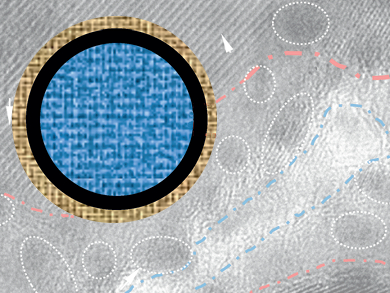Lithium-ion batteries are commonly used in small portable electronics. However, their large-scale application still causes safety, environmental, and cost concerns. These result from the use of highly inflammable and toxic non-aqueous electrolytes. Aqueous electrolytes as safe and green alternatives are only stable at small voltage outputs, as the water is split into hydrogen and oxygen at higher voltages.
Chunsheng Wang, University of Maryland, College Park, USA, Kang Xu, U.S. Army Research Laboratory Electrochemistry Branch, Adelphi, MD, USA, and colleagues built on “water-in-salt” electrolytes they had previously developed, which use concentrations of 21 m of LiTFSI (lithium bis(trifluoromethane sulfonyl)imide. These highly-concentrated electrolytes form a dense solid electrolyte interphase on the anode, which keeps hydrogen from developing.
The researchers found that by incorporating a second salt, lithium trifluoromethane sulfonate (LiOTf), the stability window could be further expanded. This new class of “water-in-bisalt” aqueous electrolytes allows the use of a more energy-intense anode (anatase titanium dioxide).
The team assembled a full lithium-ion battery delivering over 100 Wh/Kg at an average of 2.1 V, which is unprecedented for aqueous Li-ion batteries. Combined with its environmentally safe nature, the researchers believe that this new electrolyte would have a significant impact on battery technology in large applications such as automotive and grid-storage batteries.
- Advanced High-Voltage Aqueous Lithium-Ion Battery Enabled by “Water-in-Bisalt” Electrolyte,
Liumin Suo, Oleg Borodin, Wei Sun, Xiulin Fan, Chongyin Yang, Fei Wang, Tao Gao, Zhaohui Ma, Marshall Schroeder, Arthur von Cresce, Selena M. Russell, Michel Armand, Austen Angell, Kang Xu, Chunsheng Wang,
Angew. Chem. Int. Ed. 2016.
DOI: 10.1002/anie.201602397




